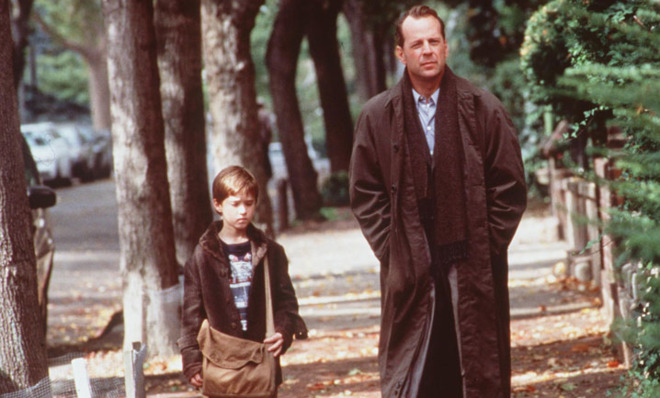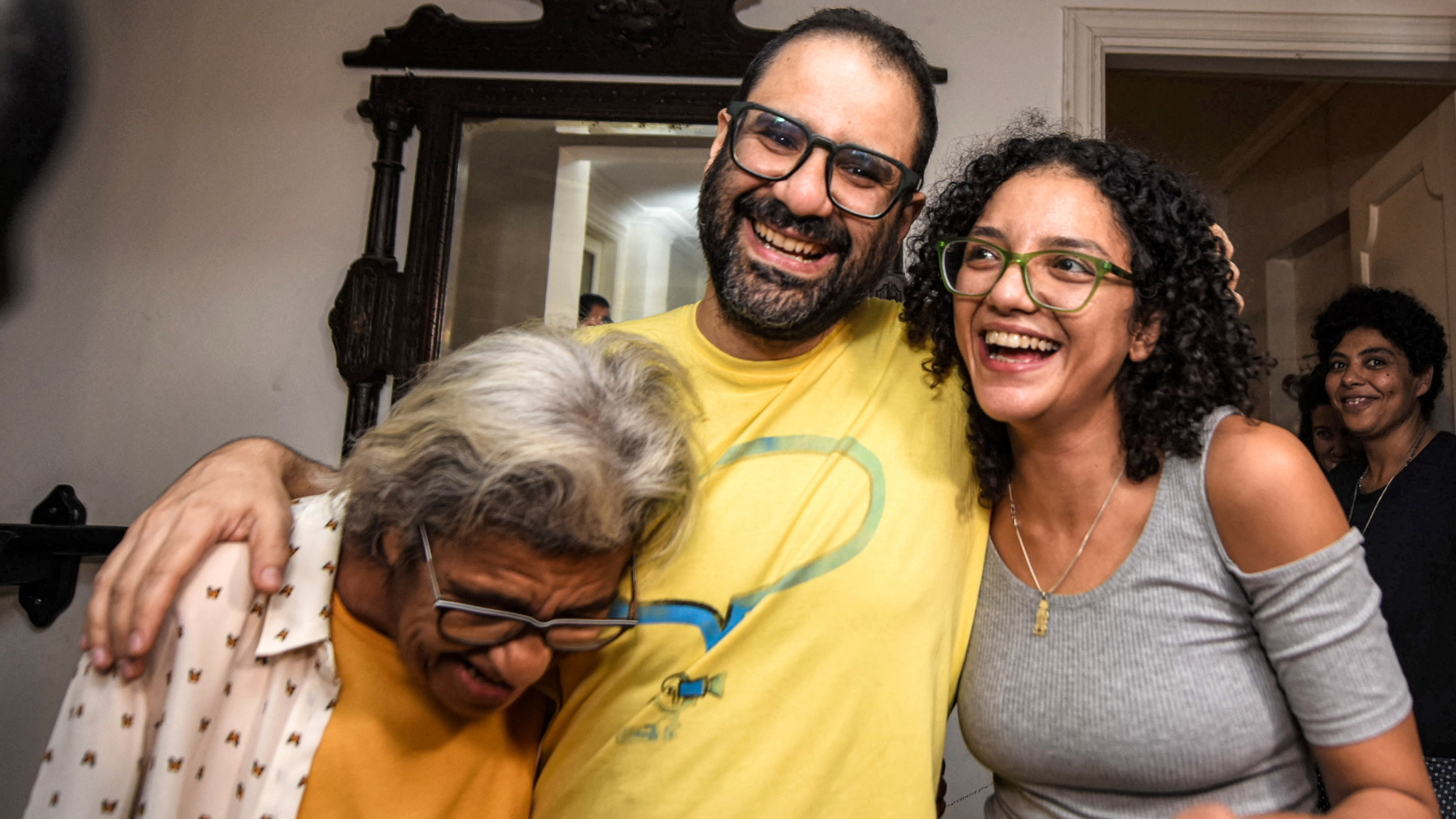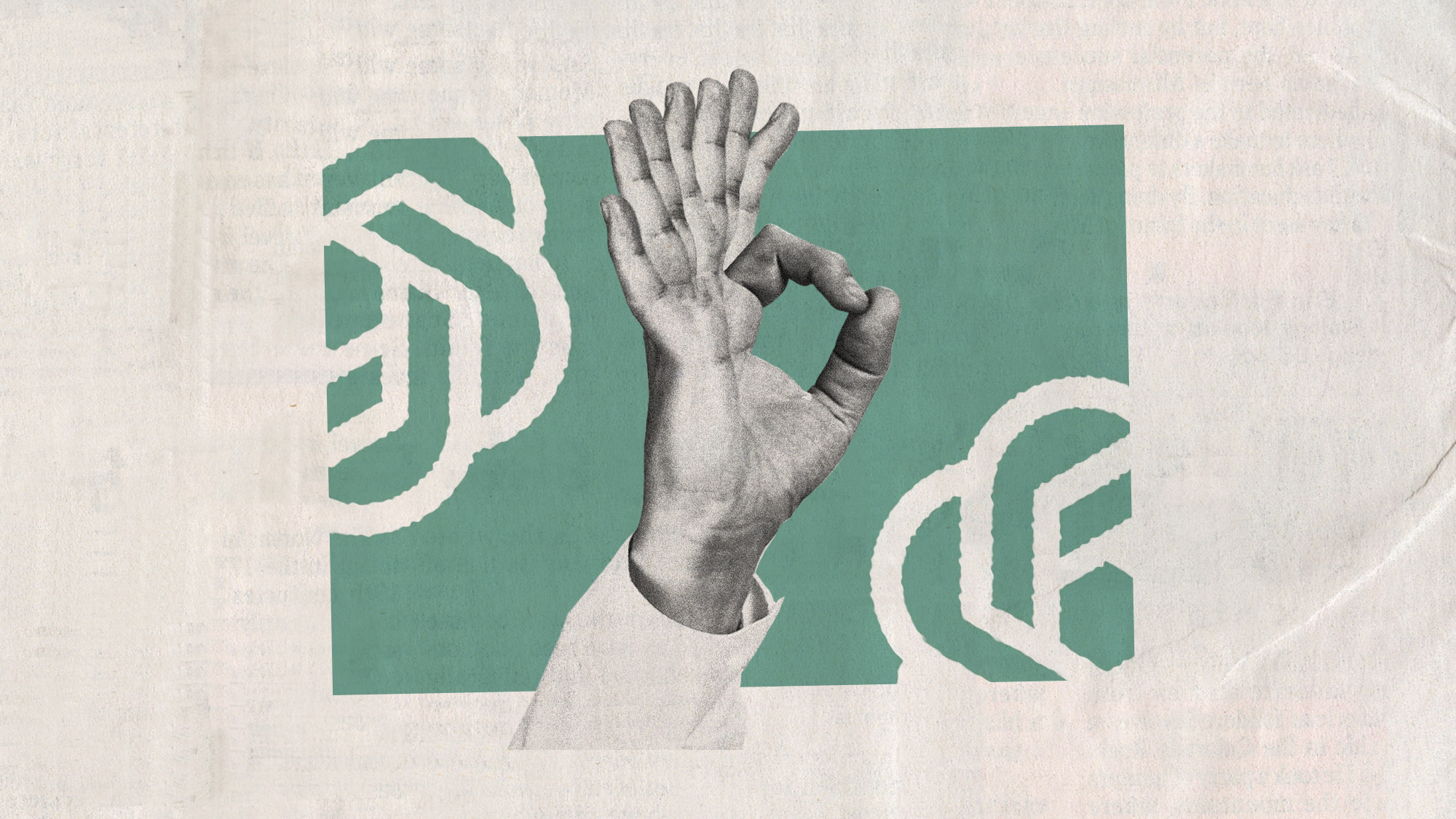4 possible scientific explanations for ghosts
Don't be scared

The first ghost story dates back to Pliny the Younger in the first century A.D., who wrote of an old man with a long beard and rattle haunting his home in Athens. Spooky stuff. But it's odd to think that ghosts, or at least the idea of them, have endured for two millennia. A considerable slice of humanity still believes that the tortured souls of the departed walk among us: A recent HuffPost/YouGov poll showed that a startling 45 percent of all Americans consider ghosts to be real.
Perhaps they're right! Perhaps there's something more to specters than lazy Halloween costumes and Paranormal Activity. There are, however, at least a few perfectly logical explanations behind people's supposed run-ins with poltergeists. Here are a few of them:
1. Sleep paralysis
The Week
Escape your echo chamber. Get the facts behind the news, plus analysis from multiple perspectives.

Sign up for The Week's Free Newsletters
From our morning news briefing to a weekly Good News Newsletter, get the best of The Week delivered directly to your inbox.
From our morning news briefing to a weekly Good News Newsletter, get the best of The Week delivered directly to your inbox.
Have you ever woken up in the middle of the night with a frightening inability to move, despite being fully aware of your surroundings? You can't shout for help. You can't wiggle your toes. All you can do is lie there frozen.
Oftentimes people report encountering all sorts of paranormal spookiness in this state — blurry figures, strange whispers, footsteps, etc. This feeling of being crushed by an invisible presence is referred to as a "ghost press" in Chinese culture.
But sleep experts have another, more rational term for it: Sleep paralysis.
Dr. Priyanka Yadav of the Somerset Medical Sleep for Life Center in New Jersey explains that the phenomenon occurs when there's a disconnect between the mind and body as people enter or exit REM sleep. "It seems like you're paralyzed, which naturally occurs when you're sleeping," Yadav explained to NBC News.
A free daily email with the biggest news stories of the day – and the best features from TheWeek.com
"But this somehow happens while you're awake. It can last from a few seconds to a minute or two and is often associated with hypnagogic hallucinations, things you might see when trying to fall asleep or hypnopompic hallucinations, things you see when you're trying to wake up." [NBC News]
It's akin to dreaming while awake, and explains why many ghost sightings are reported between 2 a.m. and 5 a.m.
2. Brain glitches
People don't see ghosts, per se. More often they report catching something creepy — a Civil War soldier? a woman in a Victorian-era dress? — out of the corner of an eye. These glimpses usually occur when the mind is wandering or focused on something else, like when you're vacuuming.
Basically these images are illusions produced by the brain, according to Joe Nickell, a senior research fellow for the Committee for Skeptical Inquiry. They can result from a number of factors, such as a brief psychotic state, sleep deprivation, or even temporal lobe epilepsy. (The part of the mind associated with visual memory.) It's your tired, distracted brain trying to fill in a blank. It's trying to make sense of your surroundings using incomplete sensory information.
"It's a trick of the eye," according to Nickell. "Your eyelid will twitch or an insect will fly by and this will trigger a momentary welling up of a mental image. It's like a camera's double exposure for just a brief moment."
3. Carbon monoxide
In 1912, the "H" family moved into a gloomy, large haunted house. Pots and pans crashed seemingly on their own. Strange voices called out the names of Mrs. H and her children. Footsteps clacked through the hallways. Dark figures (one of which was a long-haired woman dressed in black) were spotted in the dining room. Plants withered and died.
"The days went on, and the children grew paler and more listless," she wrote. "Some days, as their colds seemed worse, I kept them in bed. Then again, as there did not seem to be very much the matter with them and they appeared to be growing too fond of staying in bed, I made them get up and go for a walk in the sun."
Only it wasn't the spirits of a grisly past tormenting the Hs; it was carbon monoxide poisoning. In a famous yet bizarre paper published by ophthalmologist William Wilmer in the American Journal of Ophthalmology about a decade later, a local physician confirmed that a leaky furnace was sending plumes of the odorless gas up through the chimney. Over the course of several months, oxygen deprivation was triggering listlessness and hallucinations in the H family and their servants. Not quite as creepy as real ghosts, but somehow more terrifying.
4. Infrasound
The year was 1998. Strange things were happening to Coventry University lecturer Vic Tandy as he worked in his medical lab. Coworkers often complained of chills as if an unearthly presence had brushed past them. The cleaning lady said she saw weird figures at night. Tandy admitted that, working alone one night, a dark apparition appeared in the corner of his eye and suddenly vanished when he turned.
Odder still: A fencing foil he brought into the lab would start vibrating wildly in his hand, moving around on its own. And the foil vibrated most strongly at the center of the lab, but didn't move at all as he approached the room's edges.
Not one to be spooked out, Tandy set out to discover what was behind all the weirdness terrorizing his lab. In a paper published in the Journal of the Society of Psychical Research called "The Ghost in the Machine" [PDF], Tandy discovered a very low frequency standing wave (19Hz), or infrasound (which humans can't hear), in the center of the laboratory being reflected back from the walls.
"In effect," he wrote, "the wave was folded back on itself reinforcing the peak energy in the center of the room." He even calculated its frequency.

The culprit producing the infrasound, as it turned out, was a new ventilation fan that had been installed at the other end of the lab. When the fan was switched off, the standing wave — and all the spookiness accompanying it — went away. For it turned out that infrasound can mess with people's brains and even trigger madness.
Tandy would go on to conduct infrasound tests at other "haunted" destinations, including Edinburgh Castle and a basement near the Coventry Cathedral, and found infrasound there as well.
-
 Alaa Abd el-Fattah: should Egyptian dissident be stripped of UK citizenship?
Alaa Abd el-Fattah: should Egyptian dissident be stripped of UK citizenship?Today's Big Question Resurfaced social media posts appear to show the democracy activist calling for the killing of Zionists and police
-
 Biggest political break-ups and make-ups of 2025
Biggest political break-ups and make-ups of 2025The Explainer From Trump and Musk to the UK and the EU, Christmas wouldn’t be Christmas without a round-up of the year’s relationship drama
-
 Why 2025 was a pivotal year for AI
Why 2025 was a pivotal year for AITalking Point The ‘hype’ and ‘hopes’ around artificial intelligence are ‘like nothing the world has seen before’